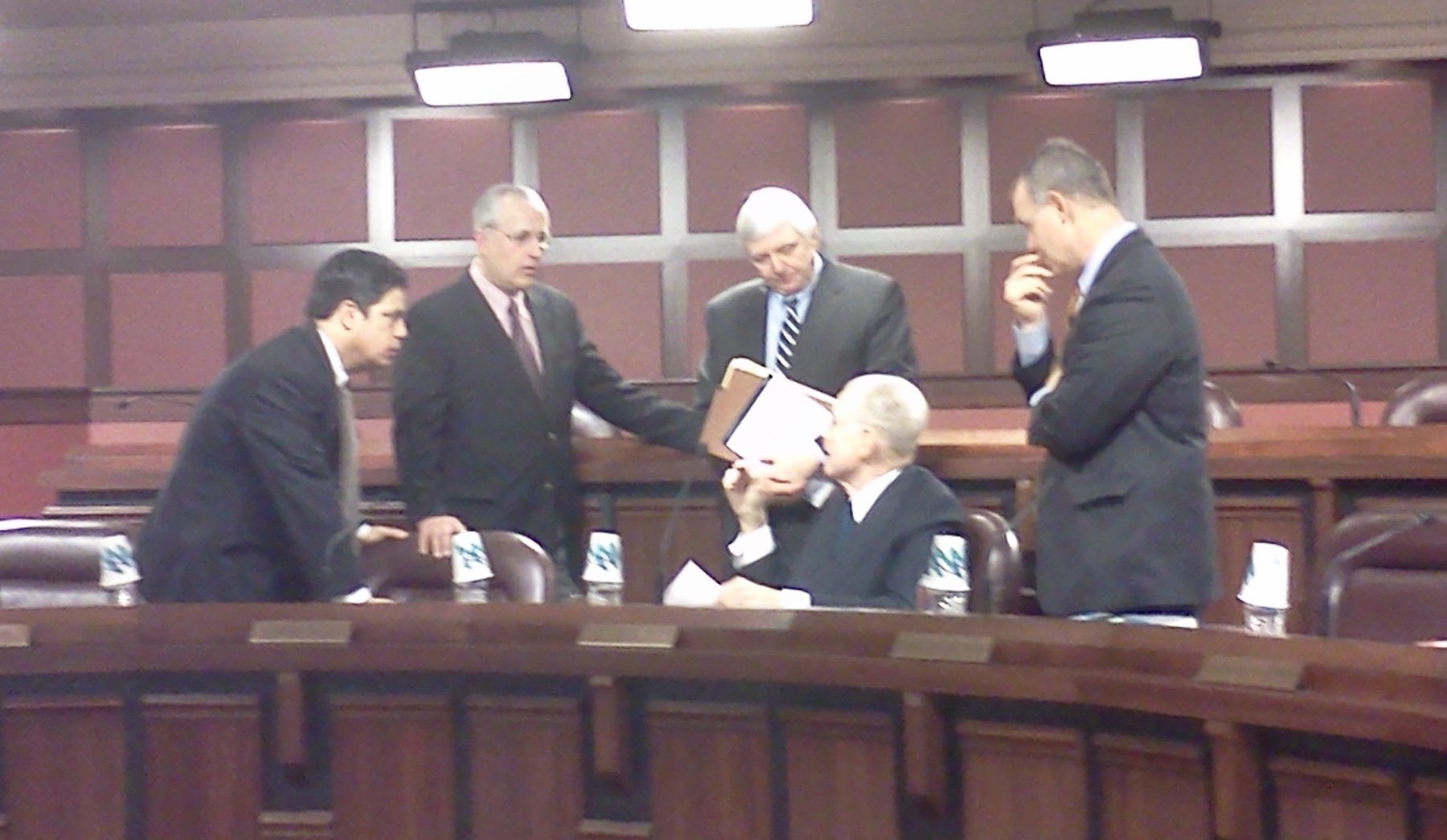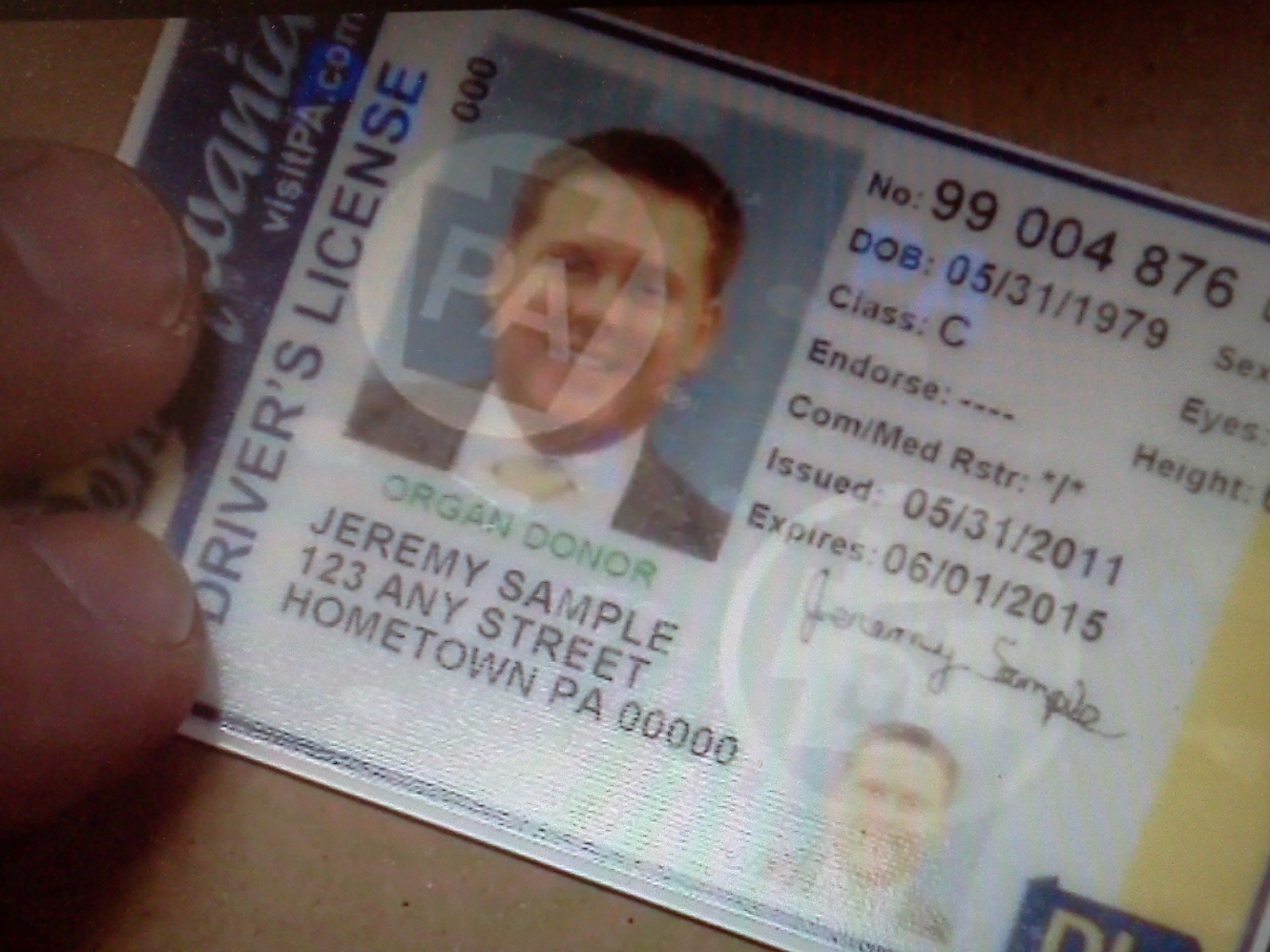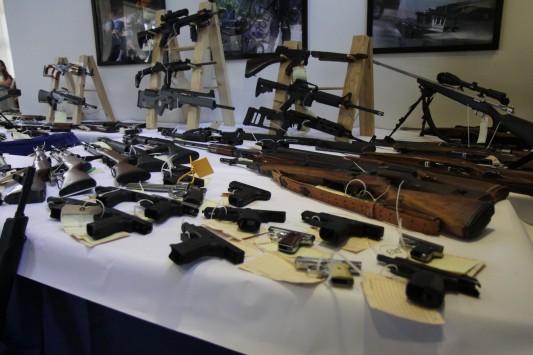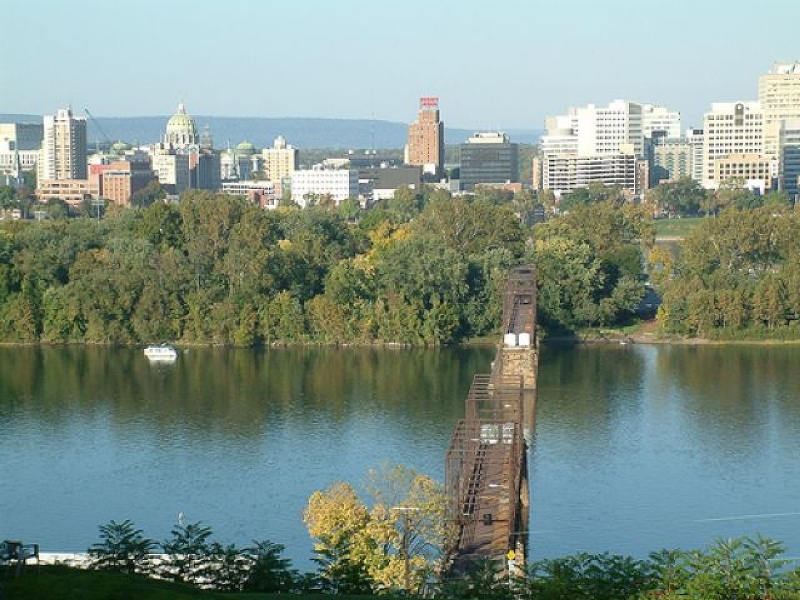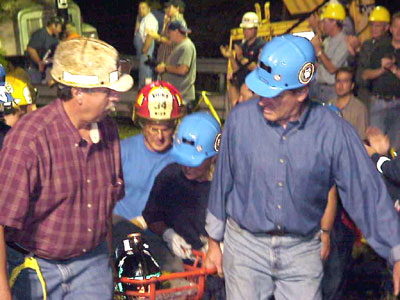Court Date Set for Challenges to Latest State Legislative Maps
Court rejection of the first plan sent the state’s Legislative Reapportionment Commission back to the drawing board this summer. Now, a court date has now been set for challenges to the new plan.
The latest maps for state house and senate districts passed the committee, which includes leadership from both chambers, on a 4 to 1 vote in June. Senate Democratic Leader Jay Costa voted against the plan, saying it still had too many unnecessary county splits.
State senate Democrats are again among those challenging the plan. The State Supreme Court will hear oral arguments on the 13 appeals on September 13th in Philadelphia.
The session will be broadcast live on the Pennsylvania Cable Network. Observers will be admitted to the courtroom at Philadelphia’s City Hall on a first-come, first-served basis.
The court’s decision will not impact the November election, since those house and senate seats are being decided using the old legislative maps.


